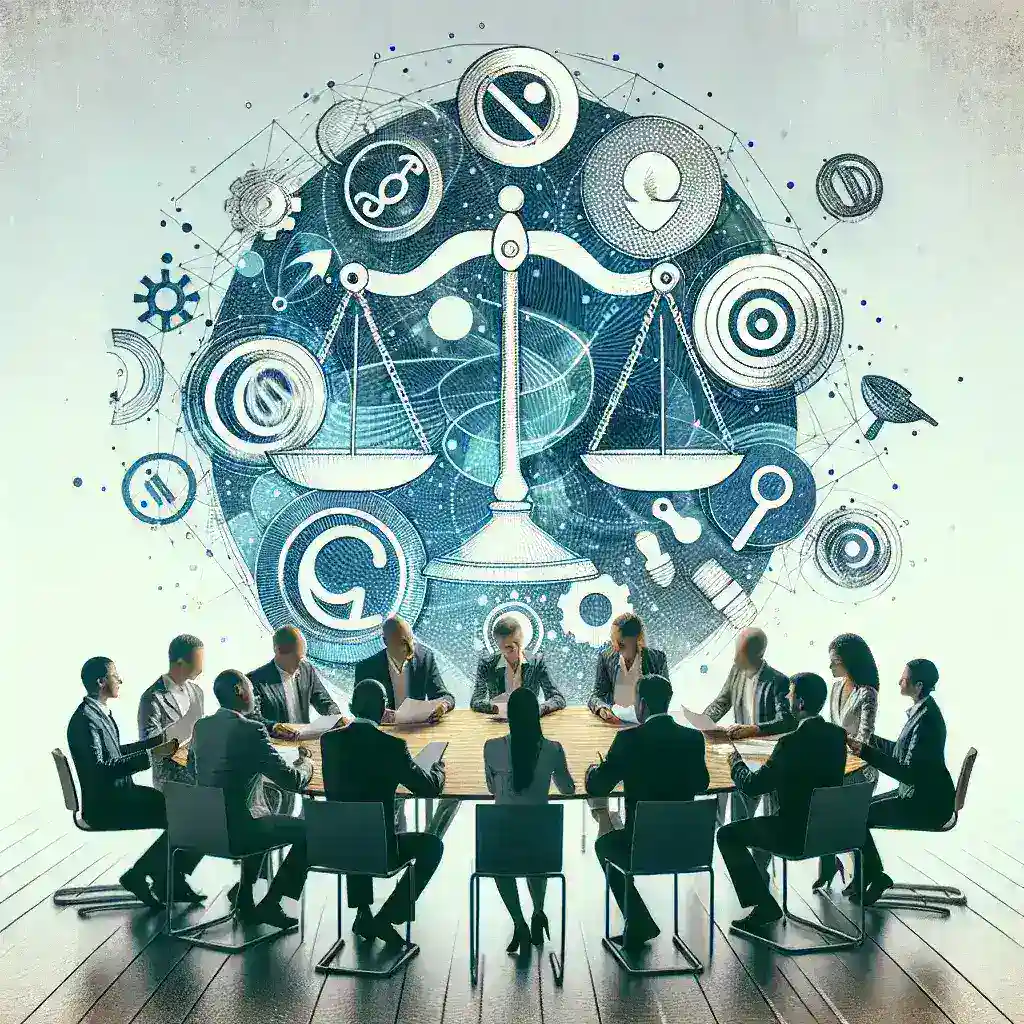Introduction
As the landscape of artificial intelligence continues to evolve, concerns regarding copyright risks associated with AI-generated content are gaining significant attention. OpenAI, alongside several prominent partners, has put forth a pioneering model licensing scheme aimed at curbing these risks. This initiative seeks to redefine the way creators, developers, and businesses interact with intellectual property in the age of AI.
The Need for a Licensing Scheme
The proliferation of AI-generated content has led to a myriad of questions surrounding copyright ownership and infringement. With AI systems capable of producing text, images, and music, the lines between human-created and machine-generated content are increasingly blurred. This has created a pressing need for a robust framework that addresses copyright issues while fostering innovation and creativity.
Understanding Copyright Risks
Copyright risks in the context of AI can be categorized into several areas:
- Ownership Confusion: Determining who owns the rights to AI-generated works can be challenging, especially when multiple parties are involved in the development process.
- Infringement Concerns: AI models trained on existing copyrighted material may inadvertently produce content that infringes on those rights.
- Liability Issues: In the event of copyright infringement, questions arise about who is liable—the AI developer, the user, or the organization that deployed the AI.
A Proposed Model Licensing Scheme
In response to these challenges, OpenAI and its partners propose a model licensing scheme designed to provide clarity and protection for all stakeholders involved in AI content creation. The key components of this scheme include:
1. Clear Attribution Guidelines
The licensing scheme emphasizes the importance of proper attribution for AI-generated content. By establishing clear guidelines, it ensures that creators receive recognition for their contributions while also safeguarding the rights of original content owners.
2. Fair Use Provisions
The model incorporates provisions for fair use, allowing for certain uses of AI-generated content without infringing on copyright. This flexibility is crucial for fostering creativity and innovation while respecting the rights of original creators.
3. Licensing Tiers
To accommodate various use cases, the scheme introduces multiple licensing tiers. These tiers cater to different levels of engagement with AI-generated content, enabling users to choose a plan that best suits their needs.
4. Collaborative Framework
The licensing initiative encourages collaboration among creators, developers, and organizations. By fostering an environment of cooperation, the scheme aims to reduce conflicts and promote ethical AI usage.
Historical Context
The conversation surrounding copyright and AI is not new. In 2018, the U.S. Copyright Office issued guidelines addressing the ownership of AI-generated works, sparking debates among legal experts and creators alike. As AI technology advanced, it became increasingly clear that existing copyright laws were ill-equipped to handle the complexities introduced by machine-generated content.
Future Predictions
Looking ahead, the implementation of a model licensing scheme could have far-reaching implications for the creative industry. Experts predict that:
- The adoption of clear licensing agreements will lead to a surge in AI-generated content, as creators feel more secure in their rights.
- Collaboration between AI developers and content creators will increase, resulting in more innovative projects.
- Legal disputes over copyright will decrease, allowing for a more harmonious relationship between human and machine-generated creativity.
Pros and Cons of the Licensing Scheme
Pros
- Enhanced Clarity: The licensing scheme provides clear guidelines, reducing uncertainty for creators and developers.
- Fostering Innovation: By addressing copyright concerns, the scheme encourages more creators to explore AI-generated content.
- Reduced Legal Conflicts: A collaborative framework minimizes the potential for disputes over copyright infringement.
Cons
- Implementation Challenges: Establishing and enforcing the licensing scheme may present logistical hurdles.
- Potential Overregulation: There is a risk that excessive regulation could stifle creativity and innovation in the AI space.
A Step-by-Step Guide to Engaging with the Licensing Scheme
To effectively engage with the proposed licensing scheme, stakeholders can follow these steps:
Step 1: Understand the Licensing Tiers
Familiarize yourself with the different licensing tiers available under the scheme. Each tier offers varying levels of rights and responsibilities, allowing you to select the one that aligns with your needs.
Step 2: Review Attribution Guidelines
Take the time to review the attribution guidelines outlined in the licensing scheme. Proper attribution is essential for maintaining ethical standards and respecting the rights of original creators.
Step 3: Assess Fair Use Provisions
Understand the fair use provisions included in the licensing scheme. This will help you determine how you can utilize AI-generated content without infringing on copyright.
Step 4: Engage in Collaboration
Consider collaborating with other creators and developers to maximize the benefits of the licensing scheme. Sharing ideas and resources can lead to groundbreaking projects that push the boundaries of creativity.
Cultural Relevance
The emergence of AI-generated content has profound cultural implications. As society becomes increasingly reliant on technology, the way we create and consume content is shifting. The proposed model licensing scheme by OpenAI and its partners recognizes this shift and aims to create a framework that respects both technological advancement and the rights of creators.
Statistics and Expert Insights
According to a recent study by the Creative Industries Council, approximately 65% of creators express concerns about copyright issues related to AI-generated content. Legal experts highlight the importance of establishing a licensing framework to mitigate these worries and promote a healthier ecosystem for AI innovation.
Conclusion
The model licensing scheme proposed by OpenAI and its partners represents a significant step forward in addressing the copyright risks associated with AI-generated content. By fostering collaboration, establishing clear guidelines, and promoting fair use, this initiative has the potential to reshape the creative landscape. As we move into an era where AI plays an increasingly central role in content creation, a robust licensing framework will be essential for ensuring that innovation thrives while respecting the rights of creators. Embracing this change will not only benefit artists and developers but also enrich the cultural fabric of our society.

